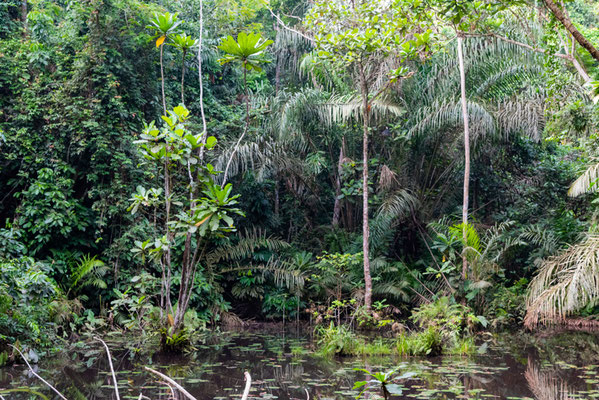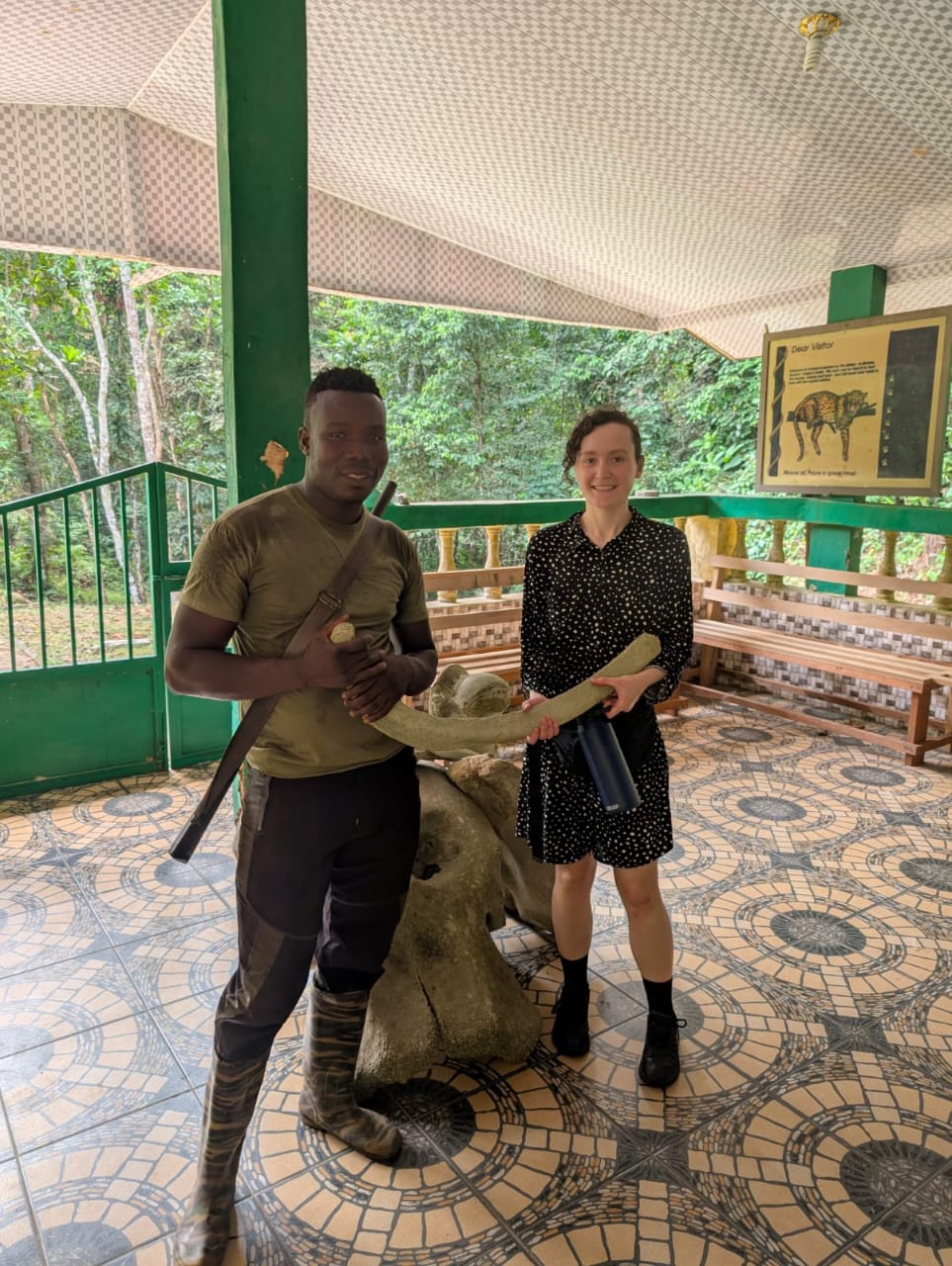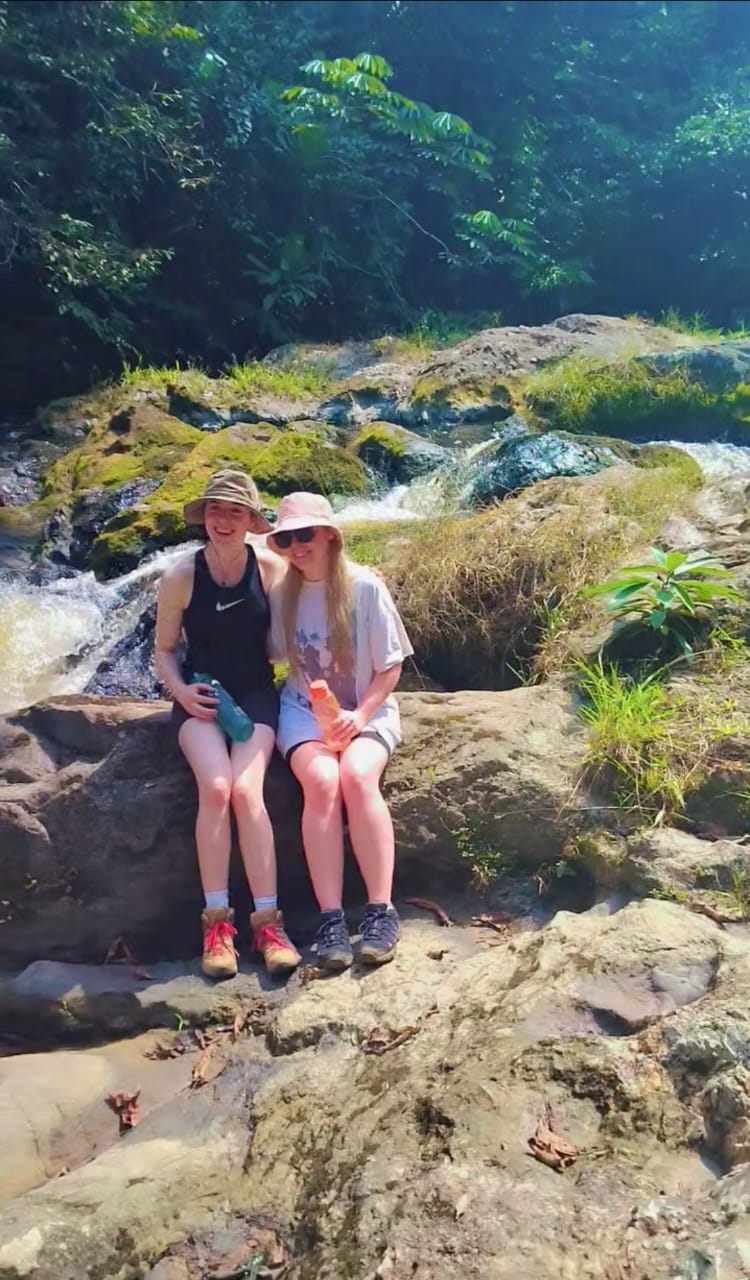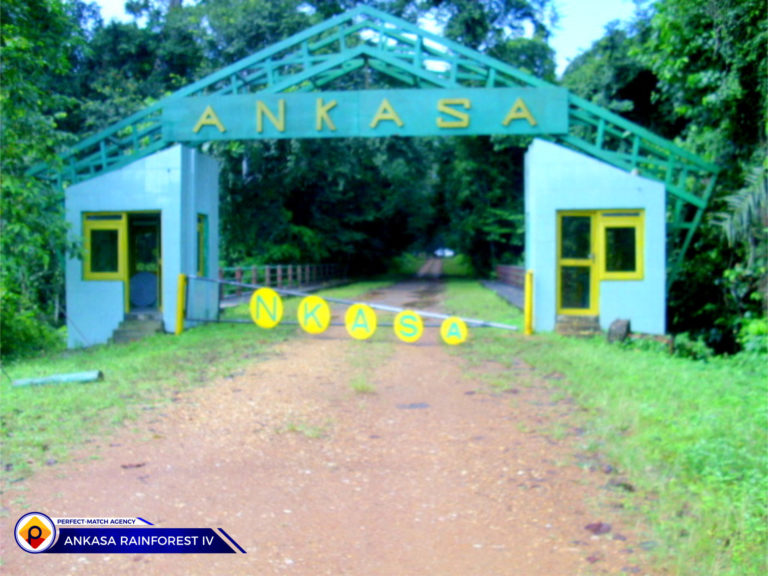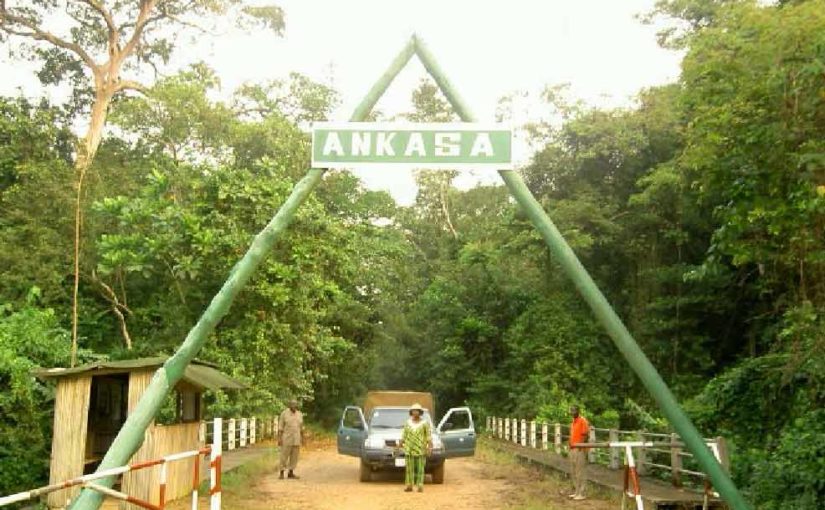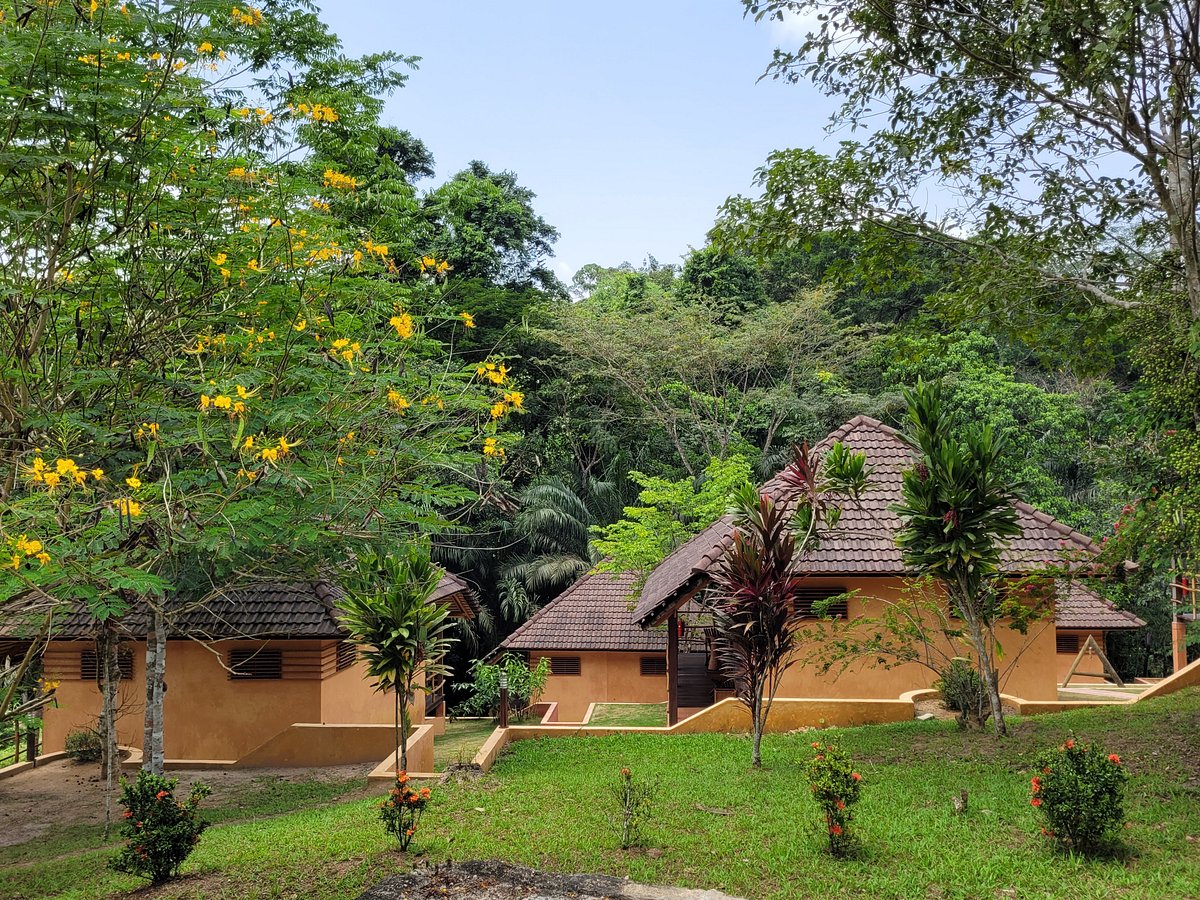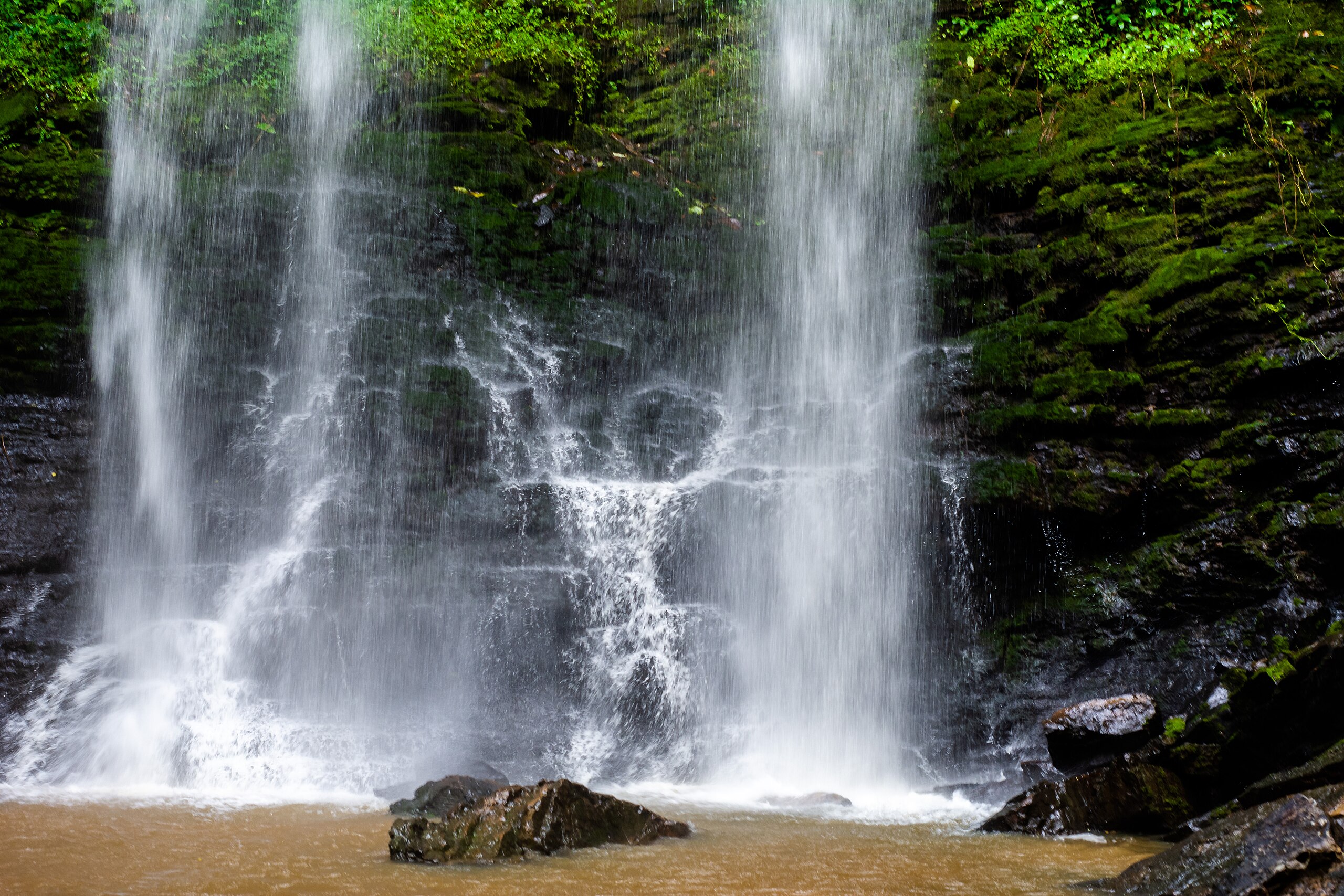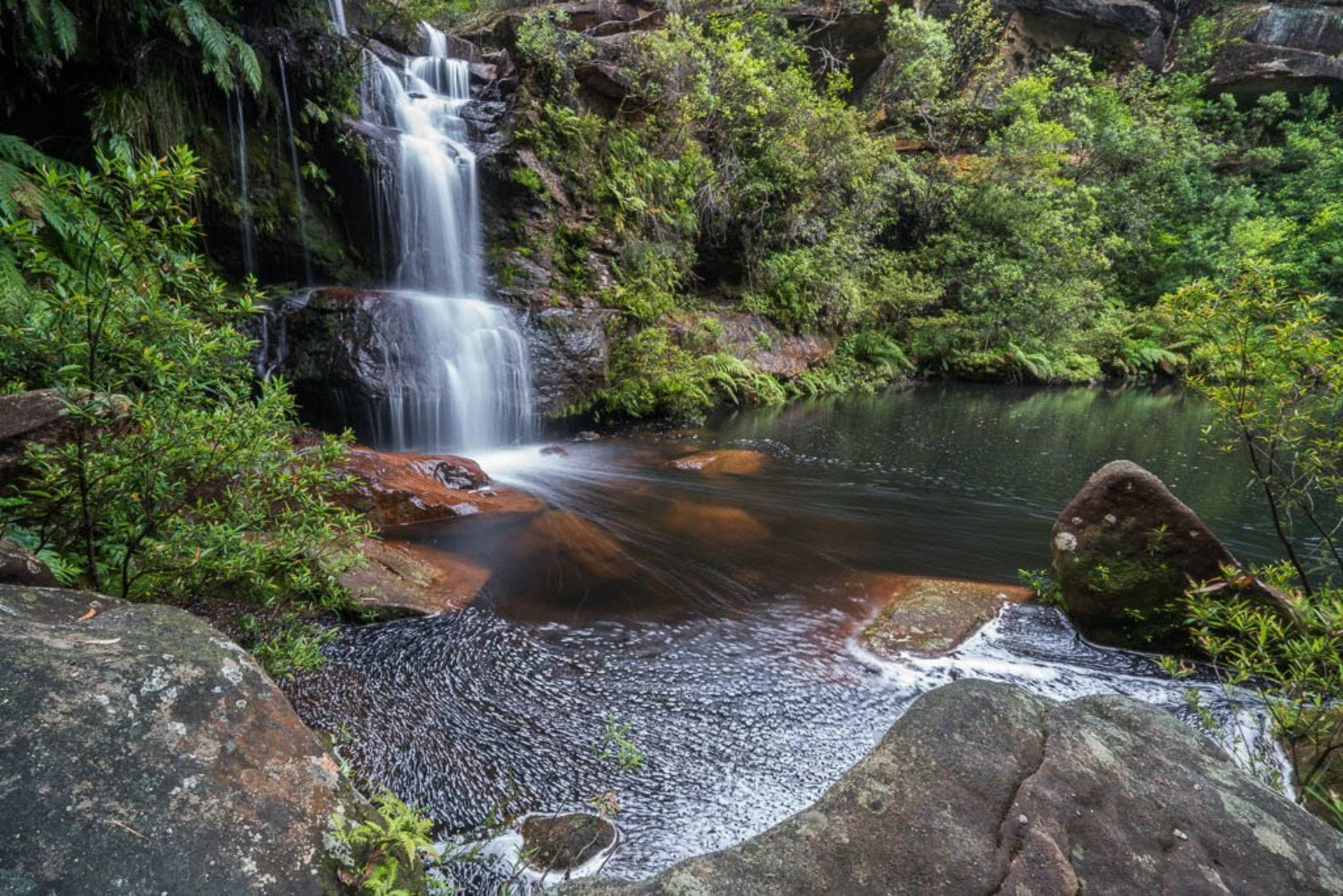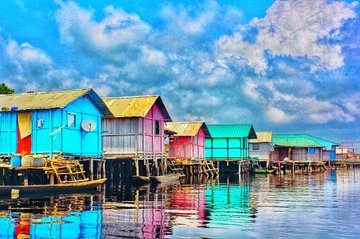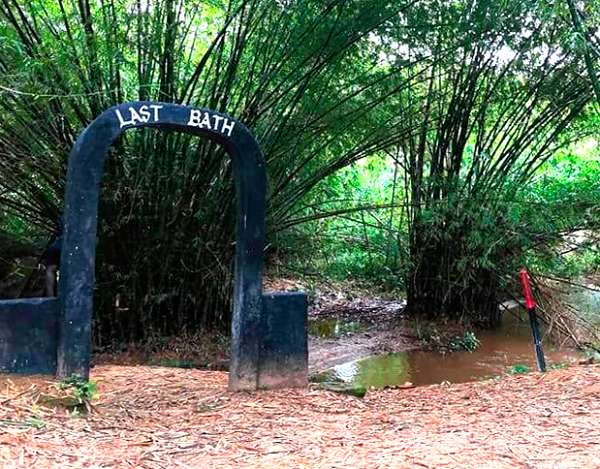
Ankasa Forest: Ghana’s Biodiversity Treasure
Ankasa Conservation Area, covering roughly 509 km², combines the Nini‑Suhien National Park and Ankasa Resource Reserve, set up in 1976 and first gazetted in 1934. It is the sole wet evergreen rainforest in Ghana, which remains nearly intact; part of the Upper Guinea forest belt.
As Ghana’s most biologically diverse protected area, Ankasa features:
· Over 800 vascular plant species, including endemic Psychotria ankensis
· Nearly 640 butterfly species; more than all of continental Europe, such as the Ankasa sprite (Celaenorrhinus ankasa)
· At least 190 bird species, including forest‑dependent species like White‑breasted Guineafowl, Grey Parrot, and Black‑billed Turaco
· Rare and endangered mammals: Forest Elephants, Bongo antelope, Leopard, plus primates like Western Chimpanzee, Roland’s Diana Monkey, Geoffroy’s Pied Colobus, and White‑naped Sooty Mangabey
The forest includes three main rivers; Ankasa, Nini, and Suhien dew sources for waterfalls and rapids within the reserve, ideal for nature lovers. The catchment area supports aquatic biodiversity and offers canoeing potential in sheltered sections.
- The Bamboo Cathedral near Nkwanta (~8 km inside) is a natural dome-like display of bamboo forming a serene and photogenic passageway
- The Big Tree, a giant Tieghemella tree, stretches over 60 m. Its bark is marked by elephant scratches evidence of wildlife presence
Ghana’s Forestry Commission leads management. In collaboration with local communities. Efforts include anti-poaching patrols, community engagement, and sustainable livelihoods such as cocoa, rubber, and agroforestry around the reserve
While illegal rattan extraction was historically high, community-centered prevention efforts have significantly reduced it over time
- Activities: Guided hikes, birding, butterfly and mammal tours, fishing by rivers, and exploring the Bamboo Cathedral and waterfalls
- Trails: Five well-defined walking routes spanning rainforest terrain and wildlife hotspots
- Camping & Stay: On-site tourist chalets and camps with basic amenities; lodges like Ankasa Reserve Lodge offer nature tours and overnight stays
Once selectively logged until the 1970s, the entire area has since remained protected, preserving one of West Africa’s last primary rainforests. The forest plays a role in carbon sequestration valued at hundreds of millions of dollars in climate mitigation and eco-economic potential.
Ankasa Conservation Area stands as Ghana’s top biodiversity hotspot historic, unique, and ecologically vital. From ancient rainforests to rare wildlife and rivers capes, its rich story continues into modern conservation and tourism.
Related content
Interdum et malesuada fames

